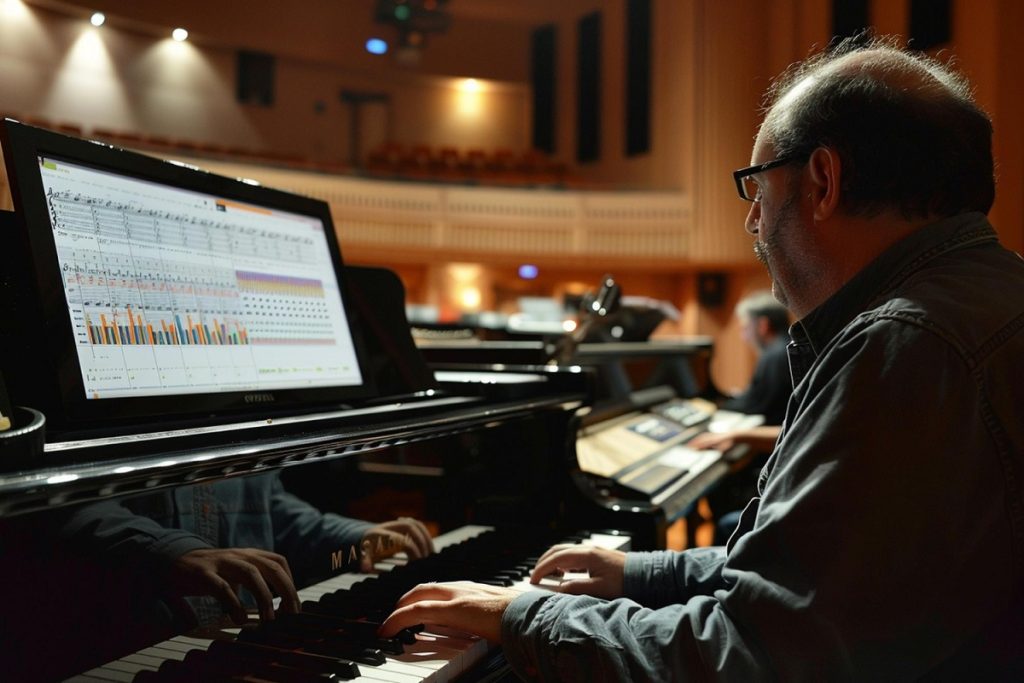The right soundtrack can transcend mere background music to become an essential thread in the fabric of filmmaking. For animated epic adventures like How to Train Your Dragon, the score not only enhances the visual experience but deepens the emotional landscape, helping to tug at the heartstrings and heighten the stakes.
John Powell, the composer behind the film’s stirring score, masterfully illustrates how music can breathe life into a story, enriching the narrative and endowing it with an additional layer of meaning.
John Powell’s symphonic journey
John Powell, known for his ability to infuse vibrant emotion into his compositions, adopts a thematic approach that powerfully complements the journey of Hiccup and his dragon, Toothless.
Powell’s use of a wide range of instruments, from pounding drums to soft woodwinds, mimics the turbulent flight and tender moments the characters experience.
His skillful blend of Norse musical elements with contemporary orchestral techniques brings the world of Vikings and dragons to vivid life.
The leitmotifs of growth
One of the standout techniques in Powell’s scoring is the use of leitmotifs, recurring musical themes associated with particular characters or ideas. These motifs evolve as the characters grow, reflecting their development and the expanding world around them.
The “Forbidden Friendship” track, where Hiccup and Toothless begin their friendship, employs a cautious yet curious melody that captures the essence of discovery and slowly builds trust.
Crafting the atmospheric depth
Moreover, Powell’s music enhances the film’s atmosphere by emphasizing its vast, rugged landscapes and the sweeping flights. The dynamic range of the score, from whisper-quiet moments to booming crescendos, mirrors the soaring highs and haunting depths of the dragons’ flights.
This not only supports the visual spectacle but also subconsciously pulls the viewers deeper into the world, making each moment more immersive.
Impact on the cultural landscape
John Powell’s soundtrack for How to Train Your Dragon has not only received critical acclaim but also left a lasting impact on the cultural landscape of animated film music. His ability to tell a story through music, to evoke empathy and adventure, sets a benchmark and serves as an inspiration for many composers in animation and beyond.
Tracks like “Test Drive” and “Romantic Flight” have become iconic, inspiring countless covers and renditions, attesting to their profound resonance with audiences around the world.
Recognition and influence
Recognized by an Academy Award nomination for Best Original Score, Powell’s work has influenced peers and aspiring composers. The score’s influence stretches beyond cinema, touching concerts and school band performances, proving its versatility and wide appeal.
In conclusion, John Powell’s composition for How to Train Your Dragon is a prime example of how a skillful score does more than accompany a film; it enhances, it enriches, and it elevates. As filmmakers continue to explore complex narratives and themes, composers like Powell are crucial in bridging the gap between story and audience, crafting an emotional experience that allows viewers to truly fly.






